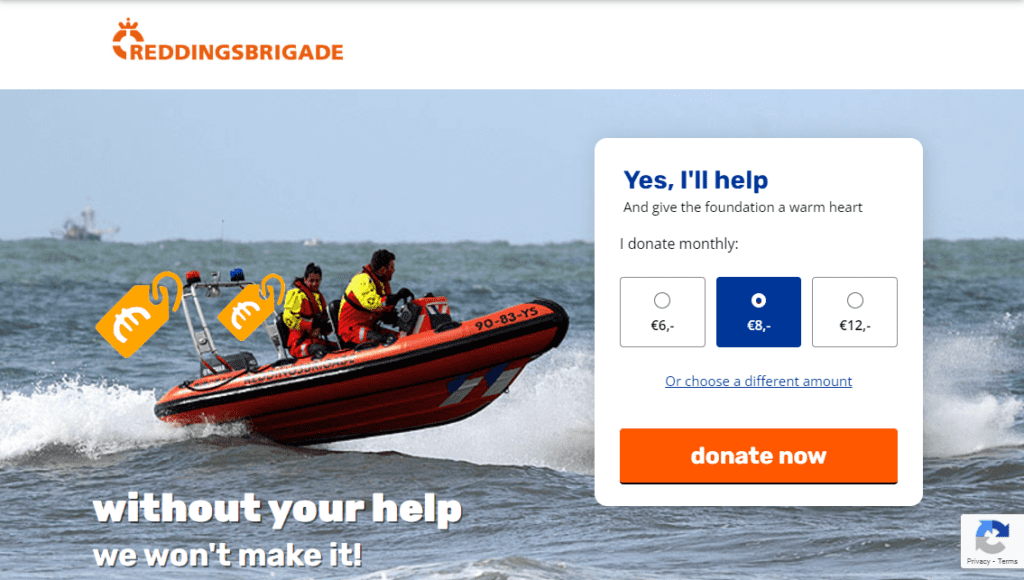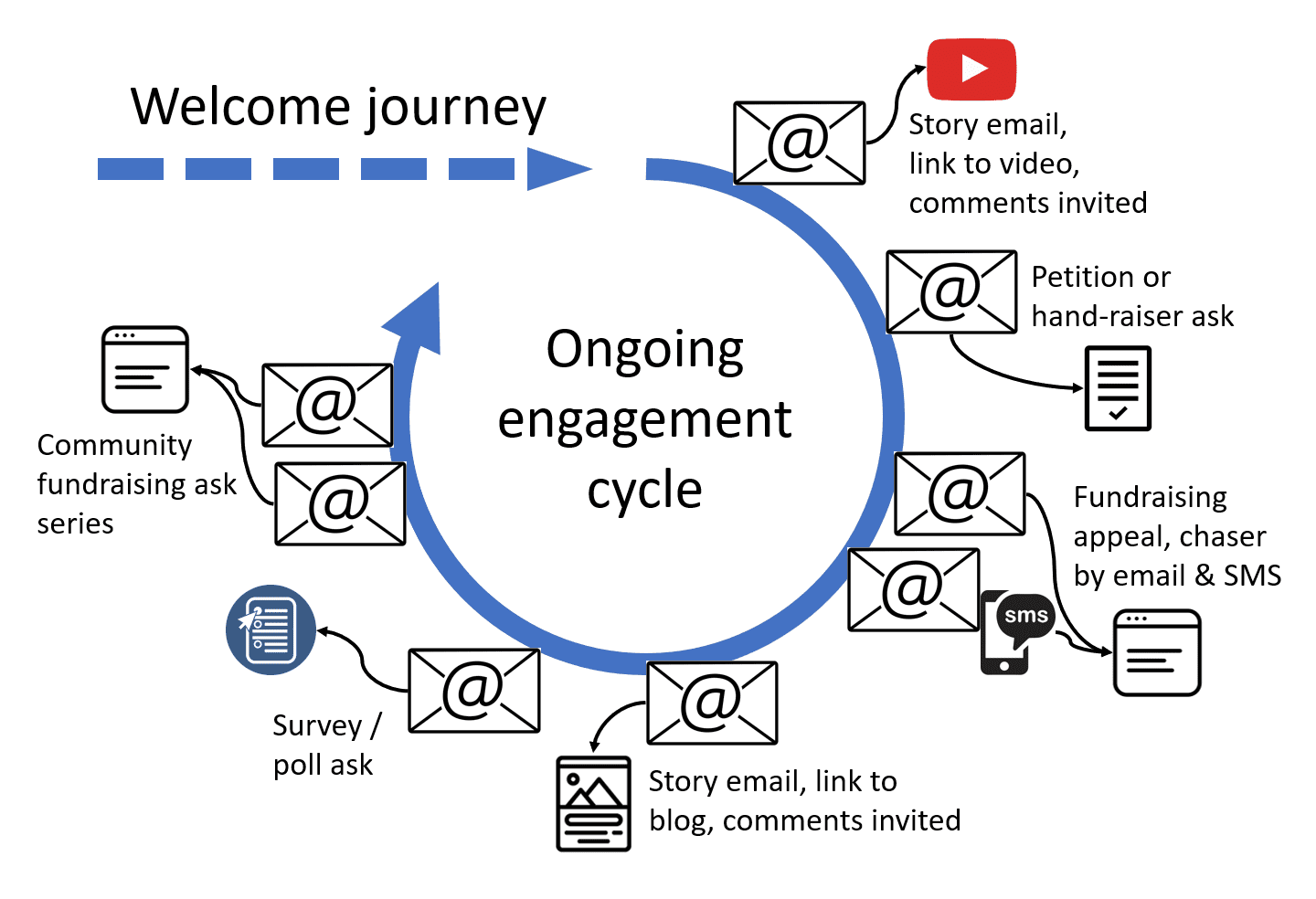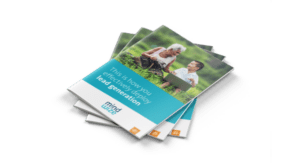Subscribe to our newsletter!
Would you like to receive regular tips and news about donor recruitment and retention?
Subscribe to our newsletter now!
By James Herlihy, Senior Digital Consultant, Mindwize
At Mindwize, we’re lucky to work with lots of successful fundraisers; people who have raised millions for their causes through direct mail, telemarketing and great legacy programs.
But many of these accomplished fundraisers aren’t as sure how to replicate these results online.
So today, I’m sharing five ideas you can use to grow your online fundraising program and make your nonprofit a digital marketing success story.
You might create brilliant email content, have an inspiring website and effective donation funnels. But they won’t deliver much income if there aren’t enough people receiving your email or visiting that great website, even if you enjoy high conversion rates.
Online fundraising relies on constantly engaging new audiences and bringing them into your online community – your email list, social fanbases and website visitors – from where you can gradually convert them to donors. That’s your funnel. Quality of your communications is always important, but it’s also a numbers game.
If you’ve got 5,000 email subscribers or less, my advice is to prioritise adding some zeroes to that number. Lead generation is a great way to do this. Watch this video for a great introduction to nonprofit lead generation in 10 minutes.
There are numerous strategies for fundraising online, each with a profile suited to specific fundraising objectives and types of organisation.
For example, proprietary peer-to-peer fundraising events like Steptember, Great Cycle Challenge and Movember can deliver huge cash windfalls. But they require a lot of work and don’t tend to deliver regular donor acquisition. Peer-to-peer is a viable strategy for all cause types – from animal welfare to rights and justice to environment. But those in the health space whose communities are direct beneficiaries of their services and research are amongst the most successful.
Lead generation on the other hand can deliver steady regular donor acquisition when incorporated into a 2-step fundraising strategy. As this video explains, there are many types of lead generation campaign, and organisations of all types can be successful at this strategy. But those who are willing to make strong statements on issues of high public relevance (eg climate change or energy prices) or that can offer audiences useful value (eg brochures on specific health issues) are at an advantage for campaigns like petitions, hand-raisers and value exchanges.
You want to understand the fundamentals of peer-to-peer, 2 step campaigns and other online fundraising strategies to make the best decisions on what to try in your mix.

A Reddingsbrigade donation landing page built on the Mindwize Campaign Control Centre (translated Dutch to English)
Your donation form is the make-or-break moment in your potential donor’s journey. You may drive lots of traffic to your donation page, but if the donation process is confusing, too long or otherwise an unpleasant experience, you’ll certainly miss out on converting some potential donors.
Donation forms need to be easy to use on any device. They should feel light and easy – that’s the kind of online transaction that people like.
Don’t ask for information you don’t need – redundant form fields are a conversion killer. Soi Dog’s donation form asks for only your name, email address and country before asking your payment method. If you choose Paypal, you’re not asked to provide address details because Soi Dog will get those from Paypal anyway. This saves some donors who would drop off in the form if they were forced to enter their full address details.
If a supporter clicks through from an ad, blog or other source promoting a specific campaign, the donation page should definitely continue with that theme. It should be instantly recognisable so the supporter’s experience is seamless and they know they’re in the right place.
And the standard donation form should be easy to find across the website and from any other online property like your social profile pages.
People of all ages are increasingly used to transacting online, especially since COVID. And our research, deliberation and purchase processes are increasingly done across different devices. In this complex digital age, while direct mail is still important for delivering a fundraising ask, more people want to respond to that ask with a donation online.
How will these people find where to donate online? Sure, some of them will scan a QR code or type in a URL you include in the DM letter. But over 90% of web sessions start with a Google search, and many people will use this indispensable daily tool instead, searching something like “[your org’s name] donate”. From here, they may land on your homepage or another website page. This is partly outside of your control. But you can make sure that campaign imagery, messaging and calls to action are visible across your website so the supporter immediately knows they’re in the right place and their journey is consistent – a vital attribute of any conversion funnel.
Furthermore, integrating your email and social media programs into a multi-channel strategy helps maximise reach and response. It can take many repetitions of a message or call-to-action for your supporter to engage with and respond to it. And if you’re only sending your ask via one channel, you can’t be sure that the supporter will open that direct mail or email, or that they’ll use Facebook that day. But if you arrange a strong campaign across all three channels, you’re maximising your chances that you’ll connect with them.
Fundraising may be the primary reason for building and engaging your online community. But that doesn’t mean that’s all you should talk to them about.
Good online fundraising doesn’t stand alone. It should be part of a broader engagement program that aims to inspire current and new supporters and engage them in conversation, not just talk at them. This engagement program should include a variety of communication types, and aim to provide value to your supporters while also asking them for donations.
See the cycle below for an example of what this may look like in your email channel. You can also read a detailed article on this on sofii.org.

Example of a nonprofit online engagement cycle
Importantly, your investment of time and budget into this program should be commensurate with the fundraising opportunity presented by your email list size. If you’ve got less than 5,000 email subscribers, see point 1 above, and gradually invest more in your email program as you grow that list.
———
I hope these five online fundraising ideas give you some useful direction on how to build your program and make it a success. Please:

Today, you watch a video on Facebook about animal suffering. Tomorrow, you’ll see an ad for an animal rights charity to sign a petition, download a brochure or take a quiz – something the organization can use to get your contact details. In this way, you have become a lead. The charity can contact you with a request, an offer or a service.
Would you like to receive regular tips and news about donor recruitment and retention?
Subscribe to our newsletter now!